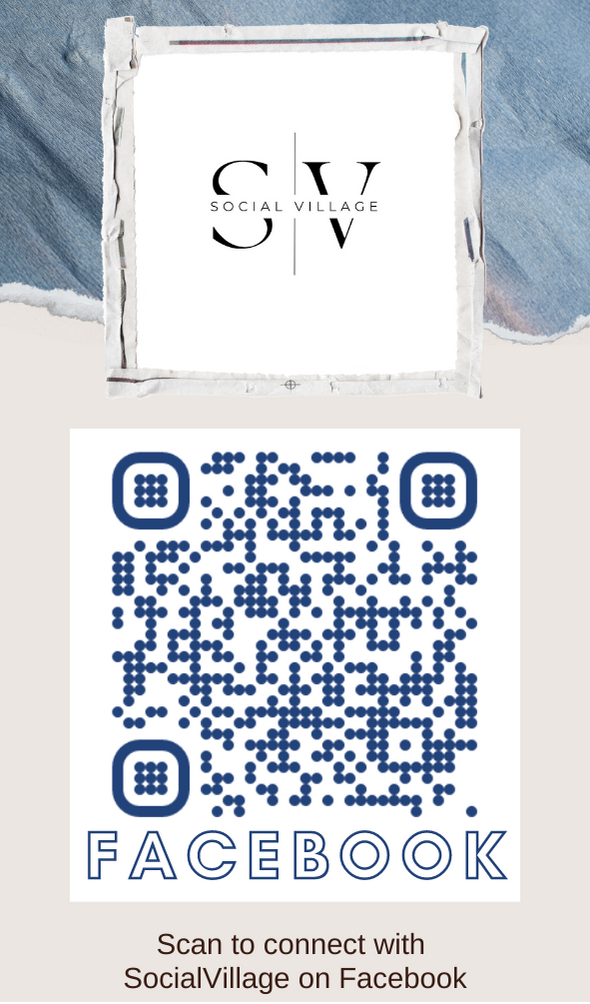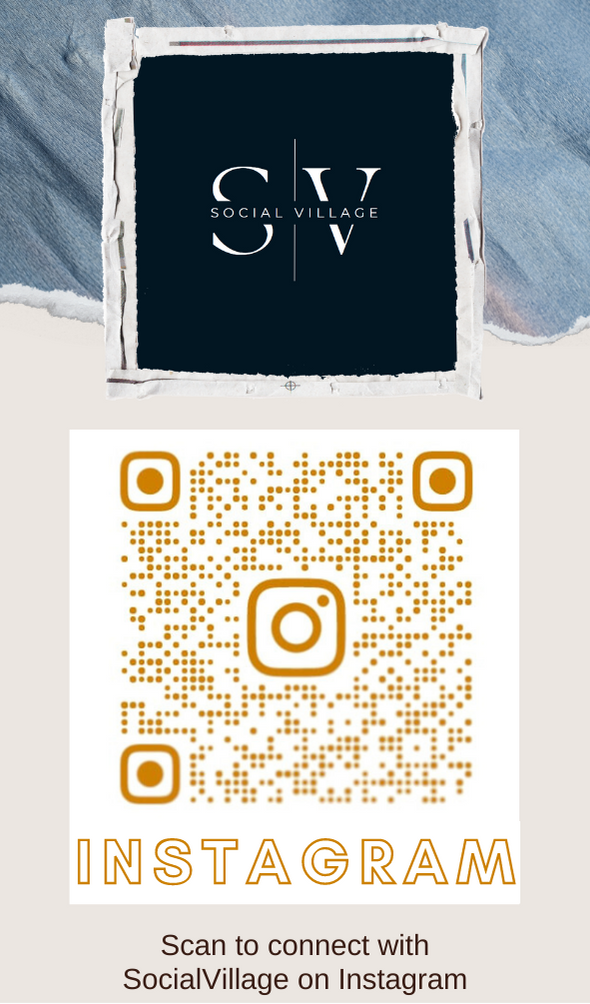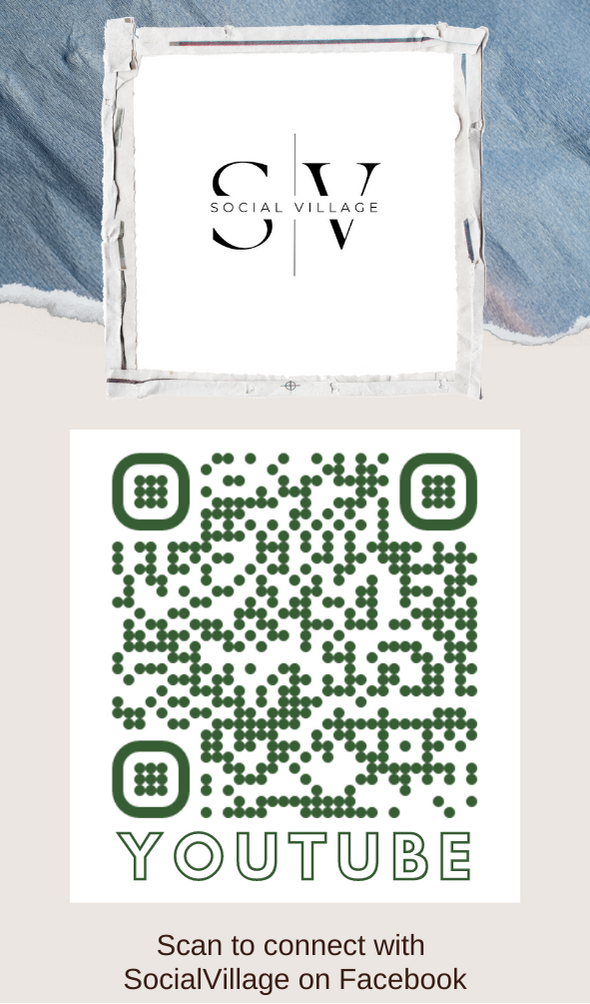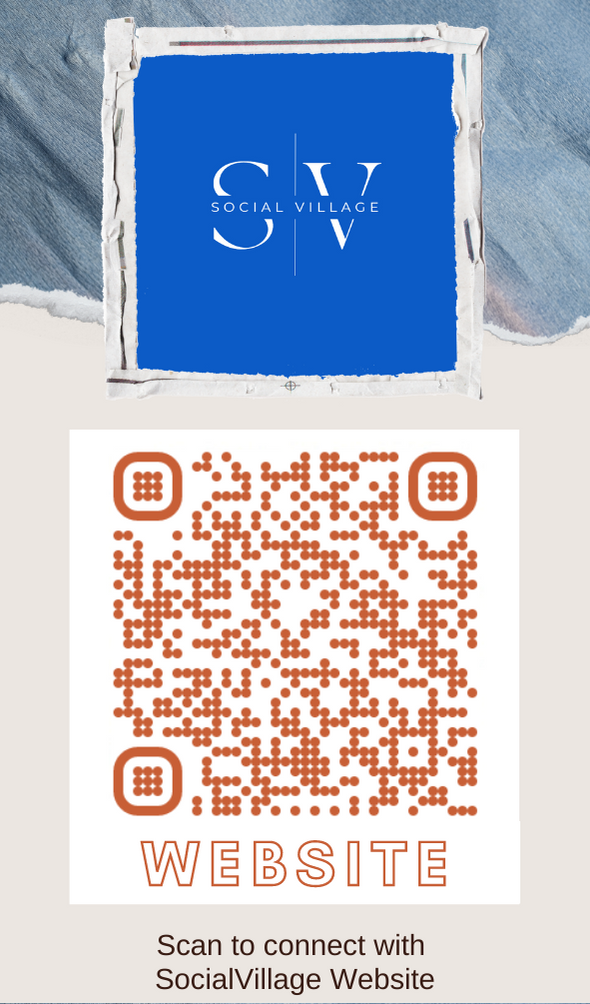General sport injuries and basic first aid
Many accidents among young people of school age occur at school on the way to and from school. Traffic safety is emphasized in the early years. The need among students is to remember to use the rules that they have learned. School accidents are seldom fatal, but many result in serious injury. Accidents may occur in classrooms, lunchroom, halls, shops, gymnasium, or on the school grounds. Students are the human elements that make these places safe or dangerous.
Introduction
The focus of this resource is on common sports injuries and the first aid. Some sports overdevelop certain muscles instead of providing a general, uniform tightening –up. Also, there are hazards in strenuous, competitive sports and games, especially for pre-adolescents and adolescents.
This is a very vulnerable period of rapid growth. There are temporary maladjustments and weakness. Bone growth at this age is more rapid than muscle development, so that temporarily bones and joints will lack the normal protection of covering muscles and supporting tendons. The individual is particularly sensitive during this period to dislocation of joints and bone injuries. This can cause permanent damage and interfere with normal growth. Violent exercise and strenuous competition may throw a damaging overload on an immature heart, lungs and kidneys. Most injuries sustained in sports are slight, and the human body has many protective devices and remarkable recuperative powers. But because of possible hazards, a pre- season examination should be required, and a medical doctor should be present at every sports competition, with authority to decide if and when a player should be removed. These precautions are particularly important for athletes of college age, because many young students do not reach full growth level until their early twenties. However, common sports injuries include dislocation, sprains, strains and fractures. The injuries and their first aid treatment will be described.
Dislocation
A dislocation is the displacement of one or more of the bones at a joint. The surrounding ligaments and other soft tissues always suffer some injuries. The fingers, thumb are most often affected.
Dislocations are caused by falls and blows usually. Muscular effort may dislocate the arm from the socket in the shoulder blade. Unless properly relocated and cared for, such dislocations may occur repeatedly and cause major disability.
Signs and Symptoms
a. There are severe pains at or near the joint.
b. The limb cannot move or be moved at the joint.
c. There is loss of power in the limb.
d. There is swelling about the joint.
e. The length of the limb may be changed.
Treatment
a. The part should be kept quiet and medical attention obtained.
b. Support the limb in the position which gives most ease to the patient and rest him on a bed.
c. If the pain is severe, apply cold dressings frequently.
d. When cold stop to comfort, apply warmth, i.e. flannels or towels wrung out of hot water.
Sprains
A sprain is the sudden stretching or tearing of the ligament and the parts around a joint. Any joint may be sprained, the most common being the wrist and ankle.
Signs
a. Pain at the joint.
b. Swelling and dislocation
c. Inability to use the joint without increasing the pain.
Treatment
a. Support the joint in the most comfortable position. The limb should be well raised.
b. Pour cold water over the bandage and keep it cold and wet and thus apply it to the affected joint.
c. The joint may be put under running water tap, if ice or cold water is not available.
d. When cold fails to give relief, apply warmth that is hot fermentations.
e. Rest the joint by putting it in a splint or sling.
Strains
Strains are not the same as sprains. Strain is the overstretching or overexertion of a muscle or tendon. Injuries to muscles and tendons are of two types – strains and tears. A strain is mild injury causing the rupture of a few muscles or tendon fibers without any injury to its sheath. It is generally caused by a wrench, a twist, or a sudden effort such as by lifting heavy weights. It causes a slight swelling, pain and stiffness. A tear or rupture is a more serious injury when an entire muscle bundle or tendon is torn across. In such cases, there is considerable swelling due to bleeding, severe pain, and inability to move the part injured. A common example is the sudden pulling of the muscle of the calf when playing games.
Treatment
Consists of cold application, rest, and support. Cold is applied by means of a cold compress (handkerchief, towel, or a piece of line soaked in cold water). Rest and support by a sling in the case of an upper limb, and by a crutch or stick for the lower limb. A bandage or adhesive plaster applied firmly, but not tightly, over the injured part helps by compression to limit the swelling and to relieve pain.
Fractures
A fracture is a break in a bone. Fractures can be caused by;
a. Direct violence with some heavy weapon, a severe blow, crush of a wheel or a fall. The bone breaks at the spot where the force is applied.
b. Indirect violence. When, for instance, a person falls on his hands and breaks the radius or the collar – bone or alighting on his feet, fractures the thigh – bone or the bones of the leg.
c. Muscular action. When, for example through a sudden, violent contraction of the muscles attached, say to the knee- cap or the arm- bone, these bones break.
Sign and symptoms of fractures
a. Pain at or near the seat of fracture
b. Loss of power in the limb
c. Swelling around the fracture. This swelling makes it sometimes difficult to see other signs of fracture.
d. Deformity of the limb. The limb may be lengthened or shortened or lie in an unnatural position.
e. Irregularity of the bone. If the bone is close to the skin, the fracture may be felt or seen.
f. Unnatural mobility. The limb can be moved in an unnatural way, and a bony grating can be felt or heard when the broken ends move one upon the other.
General treatment of fractures
a. When there is bleeding, this must be attended to first and the wound be covered with a clean dressing.
b. No attempt should be made to move the patient, until the limb has been made as immovable as possible.
c. Stead and support the injured part by means of splints, bandages and slings as the special case may require.
d. Cover the patient to keep him warm, and so lessen the effects of shock.
e. By means of a stretcher take the patient to a place of shelter, and keep him quiet until the arrival of a medical doctor. In all cases of fractures consult a medical doctor.





